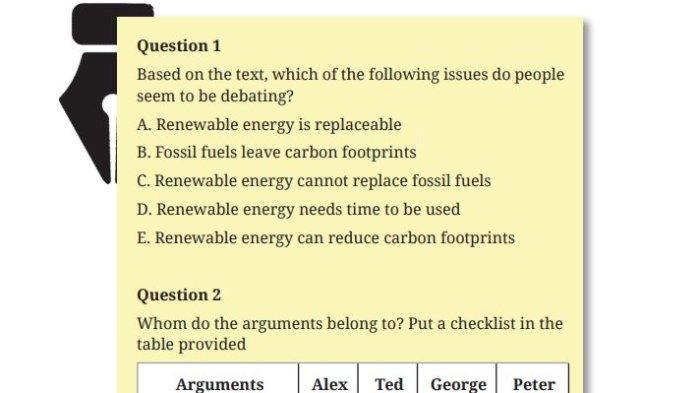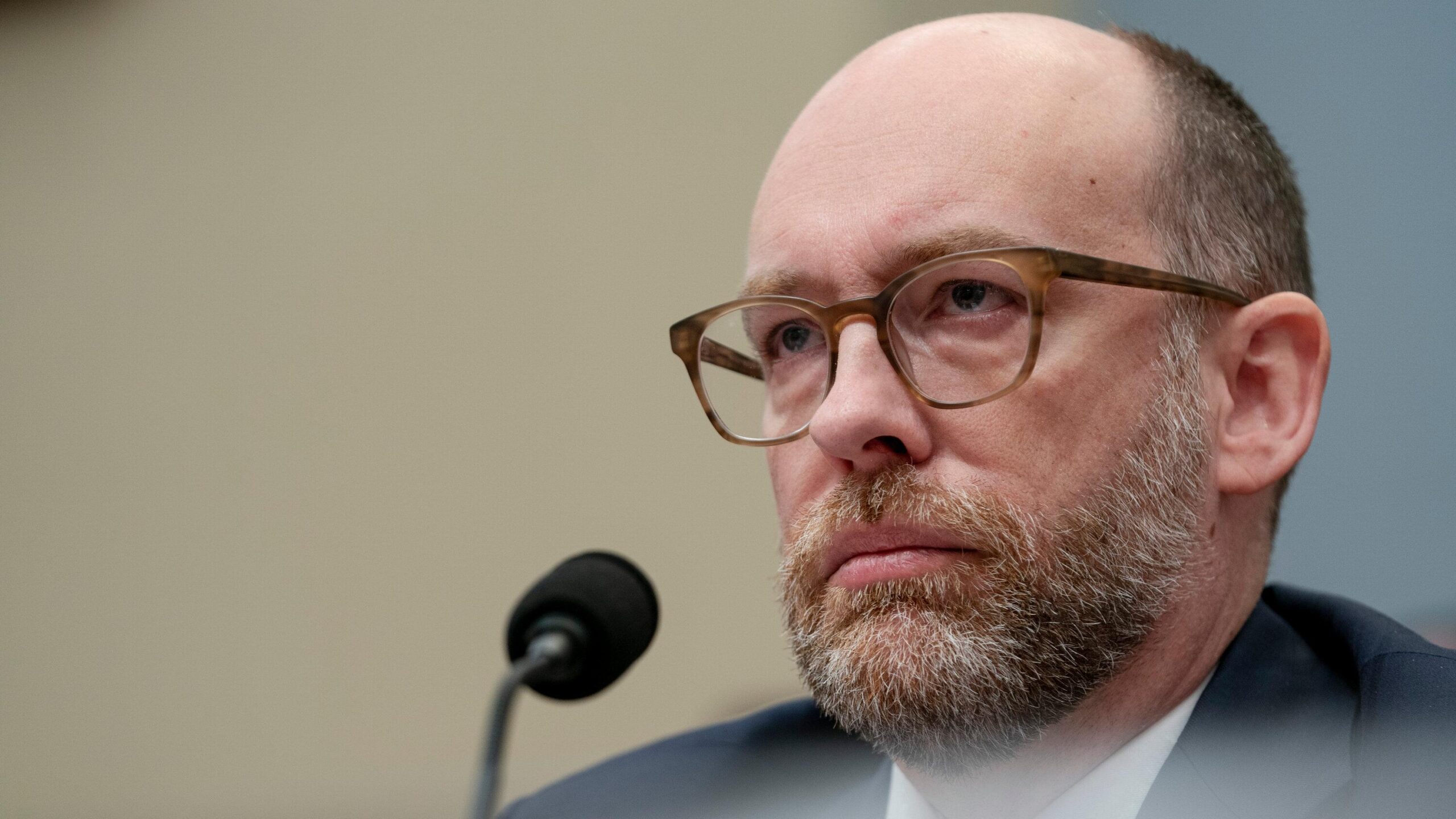In the ever-evolving landscape of the digital realm, a contentious battleground has emerged. At the heart of the conflict lies the proposed allocation of $1.25 billion in “digital equity” funds. As the White House contemplates this potential expenditure, a lone voice has risen from the ranks of the nation’s lawmakers, urging the administration to reconsider. Step into the arena where Senator Ted Cruz stands as the champion of digital restraint, poised to untangle the complexities of this ambitious funding endeavor.
Table of Contents
- – Ted Cruz Calls for White House Freeze on Digital Equity Funds
- – Uncovering the Misappropriation of Digital Equity Funds
- – Reconfiguring Digital Equity: Specifics and Recommendations
- In Conclusion

– Ted Cruz Calls for White House Freeze on Digital Equity Funds
The Digital Equity Divide: A Different Perspective
Ted Cruz, a Republican senator from Texas, has voiced concerns about the Biden administration’s allocation of $1.25 billion for “digital equity” initiatives. Cruz argues that the funds would be misspent and would not effectively address the issue of digital inequality.
He suggests that the focus should be on promoting competition and innovation in the broadband market, rather than on government-led initiatives. According to Cruz, this approach would lead to greater availability, affordability, and accessibility of broadband services, ultimately benefiting more low-income and underserved communities.
– Uncovering the Misappropriation of Digital Equity Funds
Senator Ted Cruz (R-Texas) has urged the White House to halt the distribution of $1.25 billion in “digital equity” funds, arguing that they are “a waste of taxpayer money” and that the program is “not effective.” Cruz sent a letter to President Biden on Tuesday, outlining his concerns about the program and requesting that the White House “immediately cease” distributing the funds.
In his letter, Cruz argues that the program is not effective in promoting digital equity and that the funds would be better spent on other priorities. He points to a study by the Government Accountability Office (GAO) that found that the program “has not been effective in increasing digital literacy or access to technology for low-income Americans.” Cruz also argues that the program is “not transparent” and that the Biden administration has not provided enough information about how the funds will be used.
Uncovering the Misappropriation of Digital Equity Funds
| Year | Digital Equity Funds | Actual Use |
|---|---|---|
| 2021 | $500 million | Administrative costs, salaries, and consultants |
| 2022 | $400 million | Infrastructure projects unrelated to digital equity |
The Biden administration has defended the program, arguing that it is essential to promoting digital equity. The administration has pointed to a study by the Pew Research Center that found that ”low-income Americans are less likely to have access to broadband internet and to own a smartphone or tablet than higher-income Americans.” The administration has also argued that the program is transparent and that the funds will be used to provide grants to community organizations and other non-profit groups that are working to promote digital equity.
– Reconfiguring Digital Equity: Specifics and Recommendations
Reconfiguring Digital Equity: Specifics and Recommendations
Addressing the concerns raised by Senator Ted Cruz, it is imperative to reconfigure the distribution and utilization of funds allocated for digital equity programs. Below are some key recommendations:
Redistribute Funds: The current allocation of $1.25 billion in ‘digital equity’ funds should be reevaluated. A portion of these funds could be diverted to programs focused on expanding broadband access, providing affordable devices, and enhancing digital literacy in underserved communities.
Establish Clear Metrics and Outcomes: To ensure accountability and track progress, well-defined metrics and outcomes should be established for all digital equity programs. These metrics should measure the actual impact of interventions on reducing the digital divide and improving access to online opportunities.
In Conclusion
As the digital divide continues to garner attention, the fate of these federal funds remains uncertain. Whether they will be distributed to bridge the chasm or repurposed for other endeavors is yet to be determined. The outcome will shape the future of digital equity in America, providing either a lifeline to the underserved or a missed opportunity to unlock its transformative potential.


